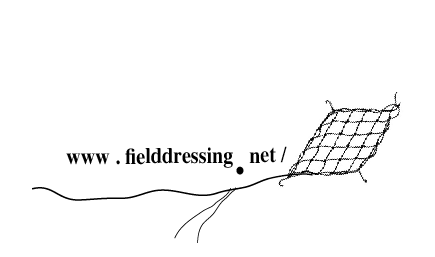INVOCATION OF THE CIRCADIAN ALTER

Plant hormones regulate developmental processes by manipulating the expression of genes as a plant grows.
Most plant development occurs post-embryonically in response to environmental signals.
Scientists in Dr. Jason Reed’s plant biology lab manipulated the genome of Arabidopsis Thaliana to study how feedback from plants' environment effects
responses to hormones of Auxin class .-
By comparing genetically altered specimens, one may observe how regulated intercellular auxin movement effects cell differentiation during a plants' development.
The Arabidopsis plants are kept in a growth chamber simulating short days for a period of time.
The Arabidopsis grows faster during shorter days, but flowers during longer days.
When plant are moved to long days, I use an infrared camera to photograph the plant's growth and flowering over the course of several days at regulated intervals.
I use these photos to create a time-lapse video that visualizes the growth of the plant at a rate we can observe.
In 38 seconds, we are able to observe the plant's response to 3 days of artificial sun and 2 nights of darkness.
The rotation of a stem as it grows from the base is called nutation.
The nutation of the transgenic plants shows an exaggerated twisting- nutation in excess.
The purpose of this twisting is uncertain.
Current hypotheses suggest that nutation helps a plant sense its surroundings in order to find the best position to recieve light in the current environment, helping the plant avoid the encroachment of other plants.
The twisting only occurs during the day.
The lack of visible light in the infrared video means that the observation of this twisting and growth is the best way to indicate the difference between simulated day and night within the video itself.


Hello, World!
position:absolute; top:0; left:0; z-index:9999;" id="ga_target"><
